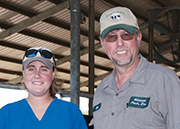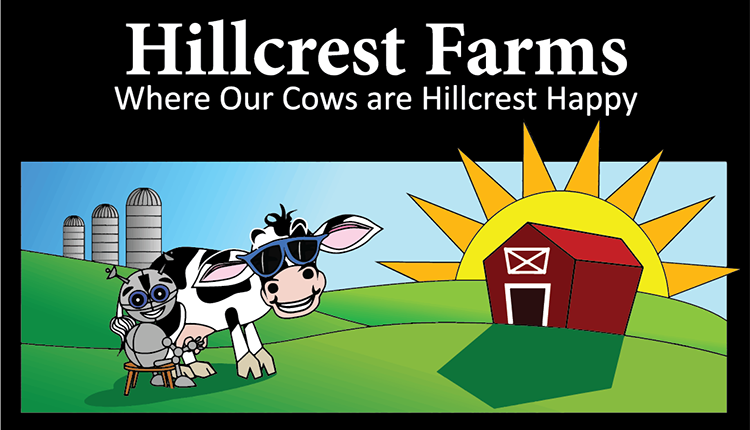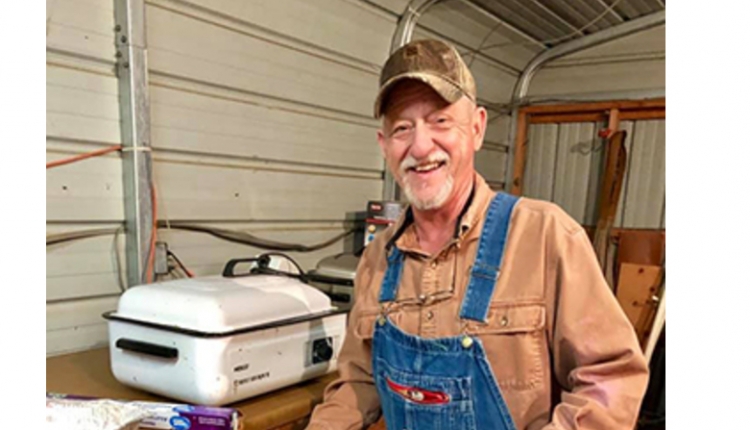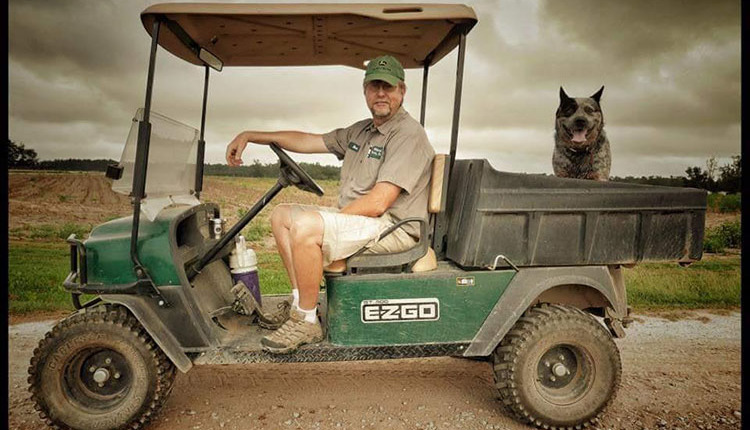
Growing up in the Central Savannah River Valley, milking cows is pretty tough through September. The air is thick with humidity, the temperatures are always high, and you sweat as soon as you walk out of the house before daylight. Needless to say, cows suffer no matter how hard you work to cool them.
The milking herd fares better since we moved into our freestall barn from the previous pasture based system. Milking herd averages rose with the move under a roof, but now dry cows seem to tolerate the heat even less than before. High production with high dry matter intakes suddenly hit the proverbial wall when we dry cows up. They are going from a cooled environment to a tropical sauna with a different diet. It is a recipe for disaster.
Usually, sometime near October 15, we get a break in the heat and humidity. Calving cows have fewer issues, milk production picks up, crops are done (except ryegrass planting), calves grow better, work seems easier, and life improves for our family and our staff.
We are looking at ways to recreate this better environment for cows, family, and staff year around. We are considering milking a few less cows, adding some freestalls under a wing of the barn, and using some of the freestall facility to cool both close-up and far-off dry cows. We believe that their comfort is just as important as the milking herd.
Milk co-ops in the south are starting to levy stiff penalties for seasonal swings in production in the southeast. We believe dry cow cooling is key in keeping cows at peak performance and having our production stay at the same level year round.

Mark and Caitlin Rodgers are dairy farmers in Dearing, Georgia. Their “Father and Daughter Dairy Together” column appears every other Thursday on HD Notebook. The Rodgers have a 400-cow dairy that averages 32,000 pounds of milk. Follow their family farm on Facebook at Hillcrest Farms Inc.








